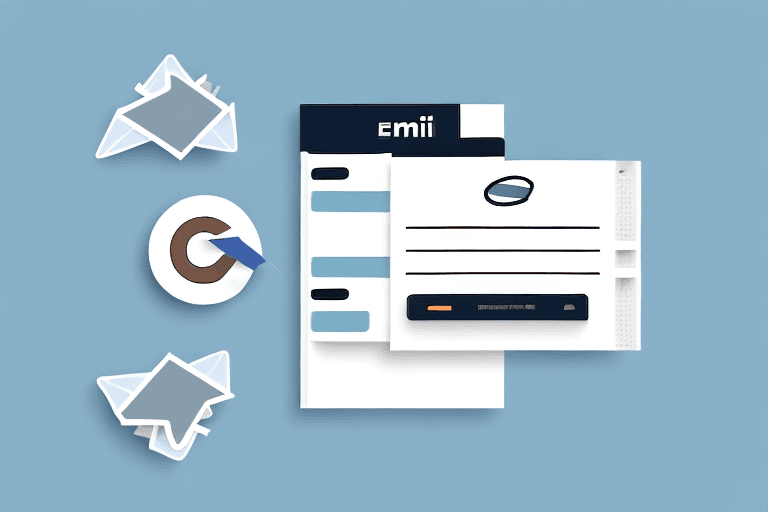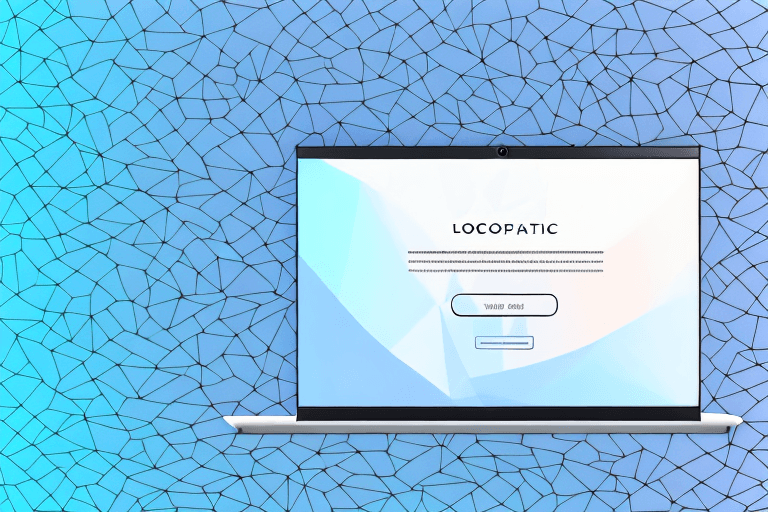In today's fast-paced business environment, staying in touch with clients and customers is more important than ever. One of the best ways to keep the lines of communication open is through checking in emails. However, not all checking in emails are created equal. In this article, we'll explore how to create an effective checking in email template that will keep your clients engaged and informed.
Understanding the Purpose of a Checking In Email
Before we dive into the essential components of a checking in email template, it's important to understand why these emails are so important. At their core, checking in emails serve three primary purposes:
- Building rapport with clients
- Maintaining open lines of communication
- Demonstrating your commitment to their success
Building rapport with clients
Building strong relationships with your clients is key to success in any business. Checking in emails provide an opportunity to touch base with clients on a regular basis and learn more about their needs and goals. By taking the time to ask questions and listen to their feedback, you can build rapport and strengthen your relationship.
For example, if you're a web designer, a checking in email might include questions about how the client's website is performing and if they have any new goals for their online presence. This shows that you are invested in their success and that you are committed to helping them achieve their goals.
Maintaining open lines of communication
In today's business world, communication is key. Checking in emails help ensure that you stay in touch with your clients and that they are aware of the progress on any projects you are working on. By maintaining open lines of communication, you can address any issues or concerns that arise in a timely manner and keep everyone up-to-date.
For example, if you're a marketing consultant, a checking in email might include an update on the progress of a recent advertising campaign or a new strategy that you're considering. This helps keep the client informed and shows that you are proactive in your approach to their business.
Demonstrating your commitment to their success
When you take the time to regularly check in with your clients, you show that you are invested in their success. This can help build trust and loyalty, which can be invaluable for long-term client relationships.
For example, if you're a financial advisor, a checking in email might include an update on the performance of the client's investments or a recommendation for a new investment opportunity. This shows that you are actively working to help them achieve their financial goals and that you are committed to their long-term success.
In conclusion, checking in emails are an essential component of any successful business relationship. By building rapport, maintaining open lines of communication, and demonstrating your commitment to their success, you can establish yourself as a trusted partner and build long-lasting client relationships.
Essential Components of a Checking In Email Template
Now that we've explored the purpose of a checking in email, let's take a closer look at the essential components of a checking in email template.
A personalized greeting
When sending a checking in email, it's important to start with a personalized greeting that addresses the recipient by name. This helps to create a friendly and professional tone and shows that you value the relationship.
For instance, if you're sending a checking in email to a client named John, you could start your email with "Hi John," or "Dear John," followed by a sentence or two that acknowledges something you know about him or his business. This could be something as simple as "I hope you're doing well," or "I saw on LinkedIn that your company just launched a new product. Congratulations!"
A clear and concise subject line
The subject line is one of the most important elements of a checking in email, as it determines whether the recipient will open the email or not. Choose a subject line that is clear, concise, and reflects the content of the email.
For example, if you're sending a checking in email to a colleague about a project you're working on together, your subject line could be "Project Update" or "Checking in on Project X."
A brief update on the project or relationship
The main body of the checking in email should provide a brief update on the project or relationship. This could include any recent progress, milestones, or challenges that have arisen.
For instance, if you're sending a checking in email to a client, you could provide an update on the status of their project, including any recent accomplishments or challenges you've encountered. You could also ask if there's anything else they need from you in order to move the project forward.
A specific call-to-action
To keep the conversation going, it's important to include a specific call-to-action in your checking in email. This could be a request for feedback, a request for a future meeting, or an invitation to an upcoming event or webinar.
For example, if you're sending a checking in email to a colleague, you could ask if they have any updates on their end or if they need any assistance from you. If you're sending a checking in email to a client, you could ask if they have any feedback on the project so far, or if they have any upcoming deadlines or events you should be aware of.
A professional closing
Just as you started your email with a personalized greeting, it's important to end it with a professional closing. This could include a simple "Best regards," or a more formal closing such as "Sincerely."
Make sure to include your name and contact information at the end of the email, so the recipient knows how to get in touch with you if they need to.
Tips for Writing an Engaging Checking In Email
Now that we've covered the essential components of a checking in email template, let's explore some tips for writing an engaging and effective email.
Keep it short and to the point
As with any email, it's important to keep your checking in email short and to the point. Be concise, and avoid unnecessary details or information.
However, don't be so brief that you come across as curt or uninterested. It's important to strike a balance between being concise and being friendly.
Use a friendly and professional tone
While it's important to be professional in your checking in email, it's also important to be friendly and approachable. Use a tone that reflects your personality and the relationship you have with the recipient.
For example, if you have a close working relationship with the recipient, you might use a more casual tone. On the other hand, if you're emailing someone you've never met before, you might want to keep your tone more formal.
Highlight any recent accomplishments or milestones
If you've recently achieved a milestone or accomplished something noteworthy, be sure to highlight it in your checking in email. This helps to show progress and build confidence.
For example, if you're following up with a client after completing a project, you might mention how pleased you were with the final results, and how much you enjoyed working with them.
Offer assistance or support
If you can provide any assistance or support to your client, be sure to offer it in your checking in email. This could be something as simple as sharing a helpful resource or offering to connect them with someone in your network.
By offering assistance, you're showing that you're invested in the success of your client, and that you're willing to go above and beyond to help them achieve their goals.
Include relevant attachments or links
If you have any relevant attachments or links, be sure to include them in your checking in email. This could be a link to a recent blog post, a case study, or a white paper.
Attachments and links can help to provide additional context and information to your email, and can help to demonstrate your expertise and knowledge in your field.
For example, if you're emailing a client in the marketing industry, you might include a link to a recent article about the latest trends in social media marketing.
Conclusion
Creating an effective checking in email template is an important aspect of maintaining strong client relationships. By understanding the purpose of a checking in email, including the essential components, and following these tips for writing an engaging email, you can create a template that will keep your clients engaged and informed.




